An award-winning writer since 1973, Marv Wolfman succeeded mentor Roy Thomas as Marvel’s editor in chief. Well-remembered for his Tomb of Dracula scripts, he also enjoyed runs on Dr. Strange, Fantastic Four and Nova, among other titles. New Teen Titans, his 1980s collaboration with George Pérez, became DC Comics’ biggest hit in years. Wolfman and Pérez literally rewrote DC history with Crisis on Infinite Earths. He subsequently penned episodes for such animated TV series as G.I. Joe, Transformers and others.
Bill Mantlo began his Marvel career on Deadly Hands of Kung Fu, in which he introduced White Tiger, one of the industry’s earliest Hispanic super heroes. Eventually writing stories for almost every Marvel title, he did some of his most fondly remembered work on Incredible Hulk and Spectacular Spider-Man. He also launched Cloak and Dagger in a pair of miniseries and guided Alpha Flight through some of its most harrowing ordeals. Mantlo excelled at integrating licensed properties into the Marvel Universe, as demonstrated by Micronauts and Rom: Spaceknight, both of which he wrote from start to finish. At DC, he wrote the Invasion miniseries for one of the company’s biggest crossover events.
After co-creating DC’s Swamp Thing in 1972, Len Wein moved to Marvel for lengthy runs on some of the company’s biggest titles — Amazing Spider-Man, Fantastic Four, Incredible Hulk and Thor — and helped bring the landmark Giant-Size X-Men #1 into the world, changing Marvel forever. Returning to DC as an editor, Wein oversaw an influx of British writing talent, highlighted by Alan Moore’s historic Watchmen miniseries. Wein also has worked in television and animation, returning to his roots to develop a Swamp Thing screenplay. He has written comic-book adaptations of The Simpsons and Futurama.
Keith Pollard drew simultaneous runs on three of Marvel’s longest-running titles: Amazing Spider-Man, Fantastic Four and Thor, including Roy Thomas and Mark Gruenwald’s “Eternals Saga.” During the 1990s, he singlehandedly penciled hundreds of characters for the Official Handbook of the Marvel Universe: Master Edition.
John Byrne has worked continuously in the comics industry as both writer and artist since 1975. After he initially collaborated with writer Chris Claremont on Iron Fist, Byrne and Claremont moved on to X-Men for a run still regarded as one of the title’s finest. Byrne contributed an equally famed stint on Fantastic Four, earning comparisons to the original Lee/Kirby issues for his imaginative plotlines and dynamic artwork. He also spun Alpha Flight into its own title. In 1986, he revamped DC’s flagship hero, Superman, reimagining the Man of Steel in a historic project heralded by a Time magazine cover. His remarkable contribution to the Marvel Universe extends to memorable associations with virtually every major hero, including celebrated runs on Captain America, Iron Man, Sensational She-Hulk, Namor the Sub-Mariner and Thing. In the 21st century, Byrne’s considerable body of work includes IDW’s Star Trek and Angel.
After a start as inker to his older brother John, Sal Buscema penciled Captain America, Defenders, Incredible Hulk and more. Famed for his ability to meet tight deadlines, he spread his talents across multiple genres. His 1970s work ranged from Ms. Marvel and Nova to Sub-Mariner and Spider-Woman’s first appearance in Marvel Spotlight. He was the uninterrupted artist on Spectacular Spider-Man for more than one hundred issues and penciled the web-slinger’s adventures in Marvel Team-Up, in which he and writer Bill Mantlo introduced Captain Jean DeWolff. After handling more team-ups in the Thing’s Marvel Two-in-One, he reunited with brother John on Steve Englehart’s Fantastic Four. He later provided inks for Tom DeFalco’s Spider-Girl titles and Thunderstrike miniseries.



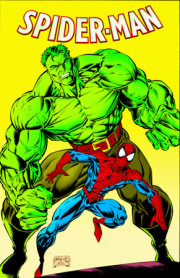
![AVENGERS WEST COAST EPIC COLLECTION: VISION QUEST [NEW PRINTING]](https://images.penguinrandomhouse.com/cover/9781302963910?width=180)
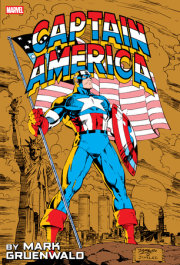
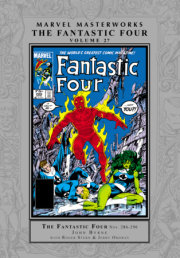

![MARVEL MASTERWORKS: THE SILVER SURFER VOL. 1 [REMASTERWORKS]](https://images.penguinrandomhouse.com/cover/9781302956042?width=180)




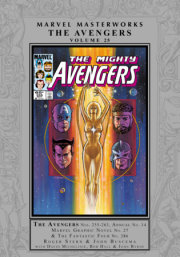

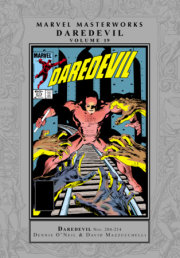

![SILVER SURFER OMNIBUS VOL. 1 JOHN BUSCEMA FIRST ISSUE COVER [NEW PRINTING 2]](https://images.penguinrandomhouse.com/cover/9781302963583?width=180)
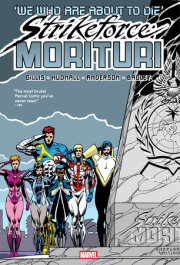

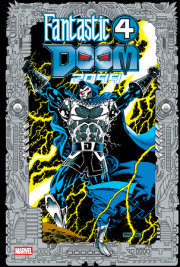
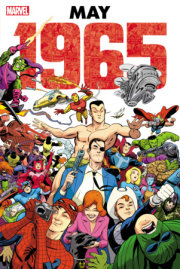
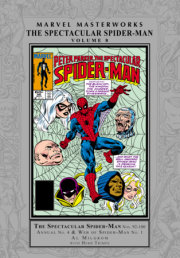
![ANNIHILATION OMNIBUS GABRIELE DELL'OTTO COVER [NEW PRINTING 3]](https://images.penguinrandomhouse.com/cover/9781302963576?width=180)
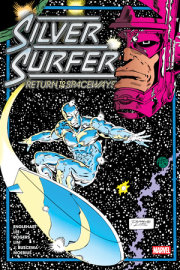
![MARVEL MASTERWORKS: CAPTAIN AMERICA VOL. 1 [REMASTERWORKS]](https://images.penguinrandomhouse.com/cover/9781302956028?width=180)
![WOLVERINE BY JASON AARON OMNIBUS VOL. 1 DAVID FINCH COVER [NEW PRINTING]](https://images.penguinrandomhouse.com/cover/9781302961367?width=180)
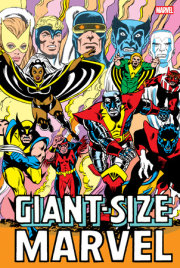
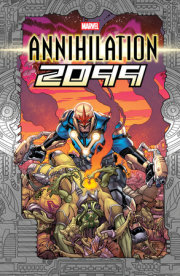
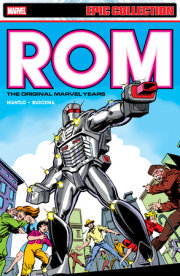
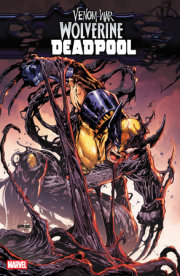
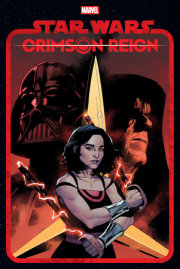
![AMAZING SPIDER-MAN EPIC COLLECTION: VENOM [NEW PRINTING]](https://images.penguinrandomhouse.com/cover/9781302963903?width=180)
![THE SENTRY [NEW PRINTING 2]](https://images.penguinrandomhouse.com/cover/9781302958718?width=180)

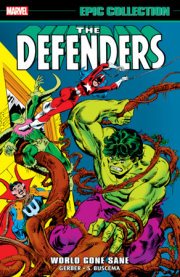


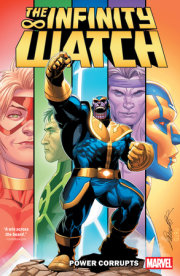
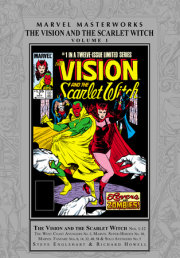
![PUNISHER BY RICK REMENDER OMNIBUS MIKE MCKONE COVER [NEW PRINTING]](https://images.penguinrandomhouse.com/cover/9781302963545?width=180)
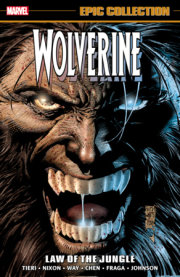
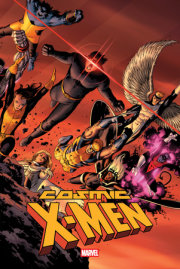

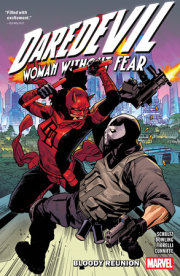
![STAR WARS LEGENDS: THE OLD REPUBLIC OMNIBUS VOL. 1 BRIAN CHING COVER [NEW PRINTI NG]](https://images.penguinrandomhouse.com/cover/9781302961282?width=180)

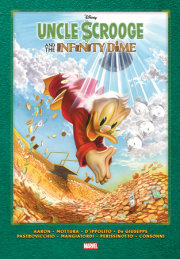
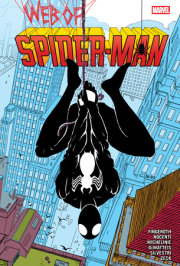
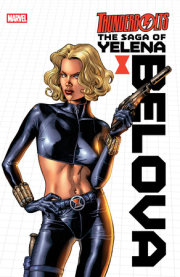

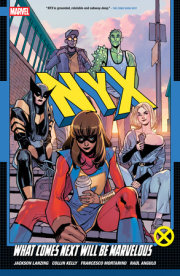
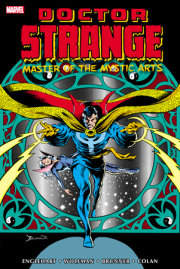

![X-MEN: AGE OF APOCALYPSE VOL. 1 - ALPHA [NEW PRINTING 2]](https://images.penguinrandomhouse.com/cover/9781302963941?width=180)
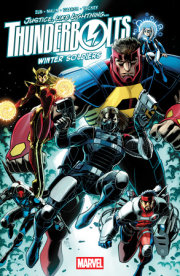
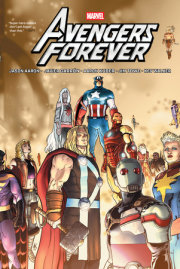

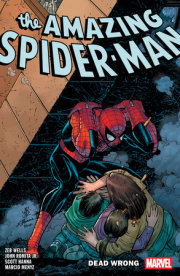
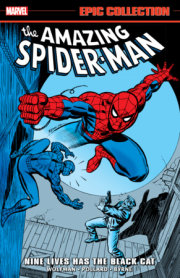
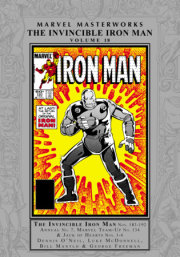
![X-MEN: FATAL ATTRACTIONS OMNIBUS JOHN ROMITA JR. COVER [NEW PRINTING]](https://images.penguinrandomhouse.com/cover/9781302963507?width=180)
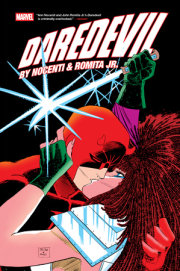
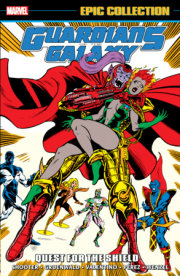
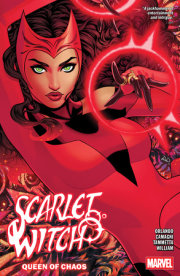
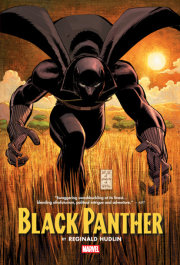
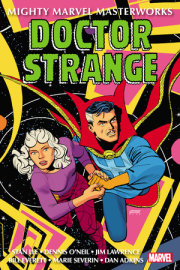
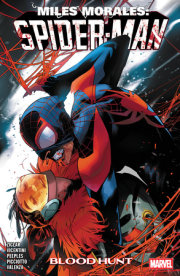
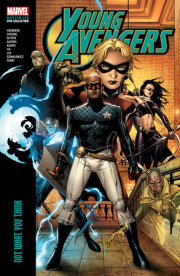
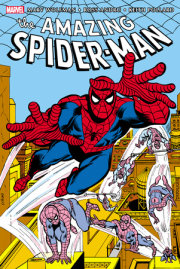
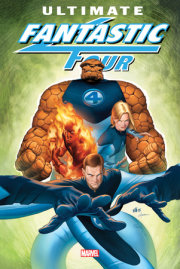
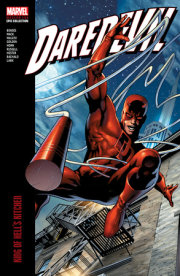
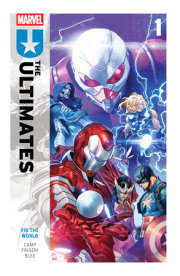
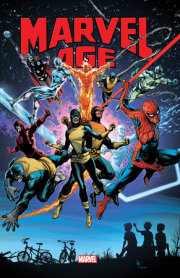
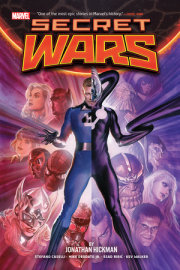
![CAPTAIN AMERICA EPIC COLLECTION: THE SUPERIA STRATAGEM [NEW PRINTING]](https://images.penguinrandomhouse.com/cover/9781302960469?width=180)


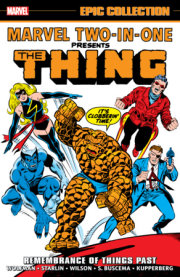
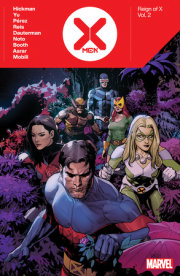
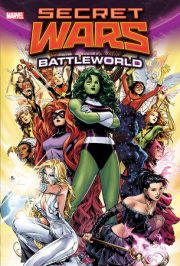
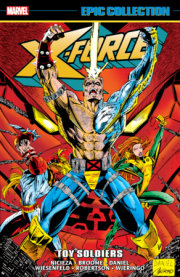
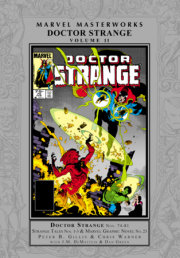
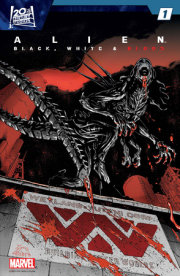

![IRON MAN EPIC COLLECTION: STARK WARS [NEW PRINTING]](https://images.penguinrandomhouse.com/cover/9781302960476?width=180)
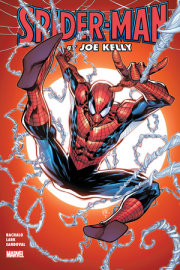
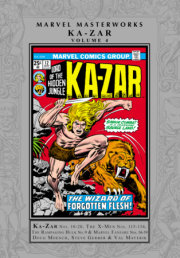
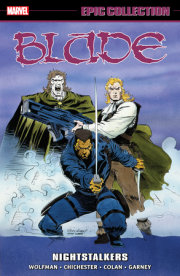

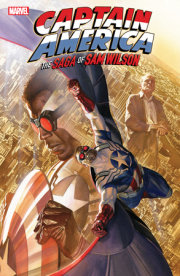
![NEW AVENGERS OMNIBUS VOL. 1 DAVID FINCH COVER [NEW PRINTING]](https://images.penguinrandomhouse.com/cover/9781302959142?width=180)
